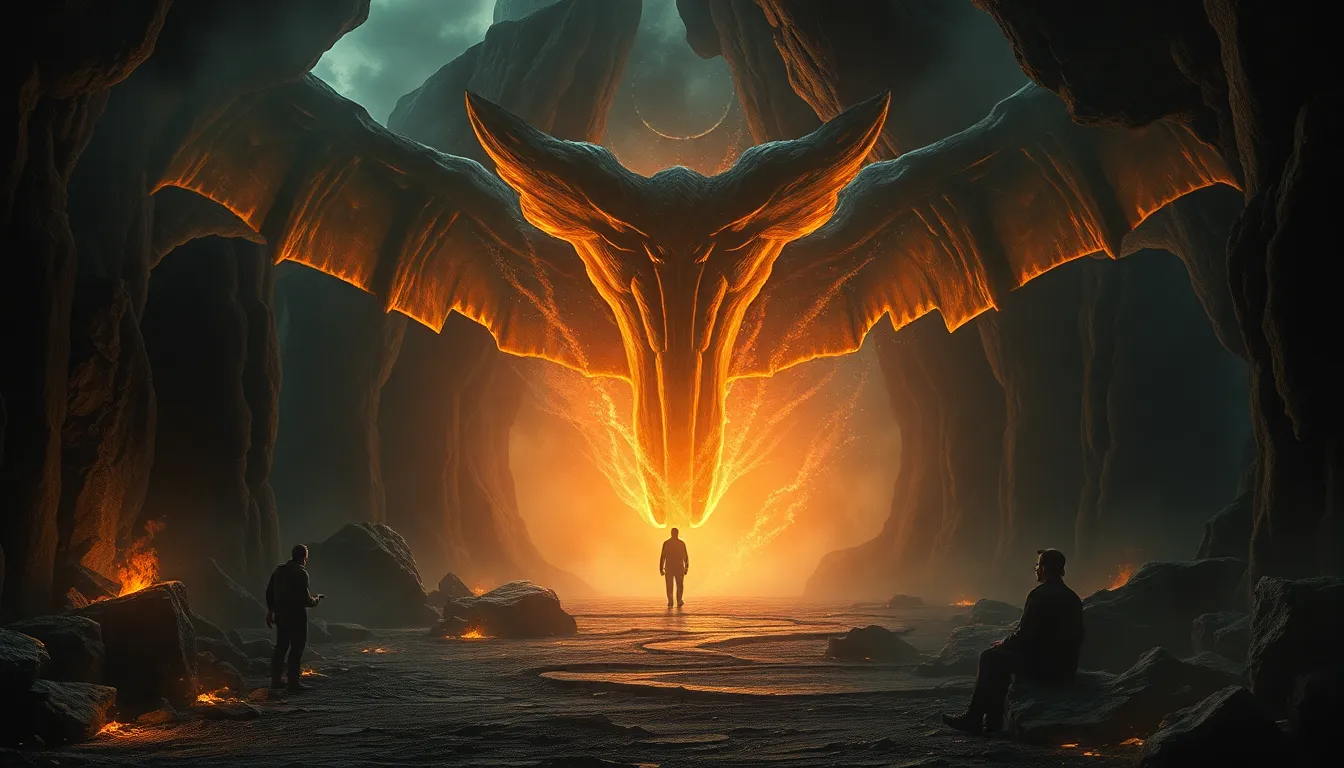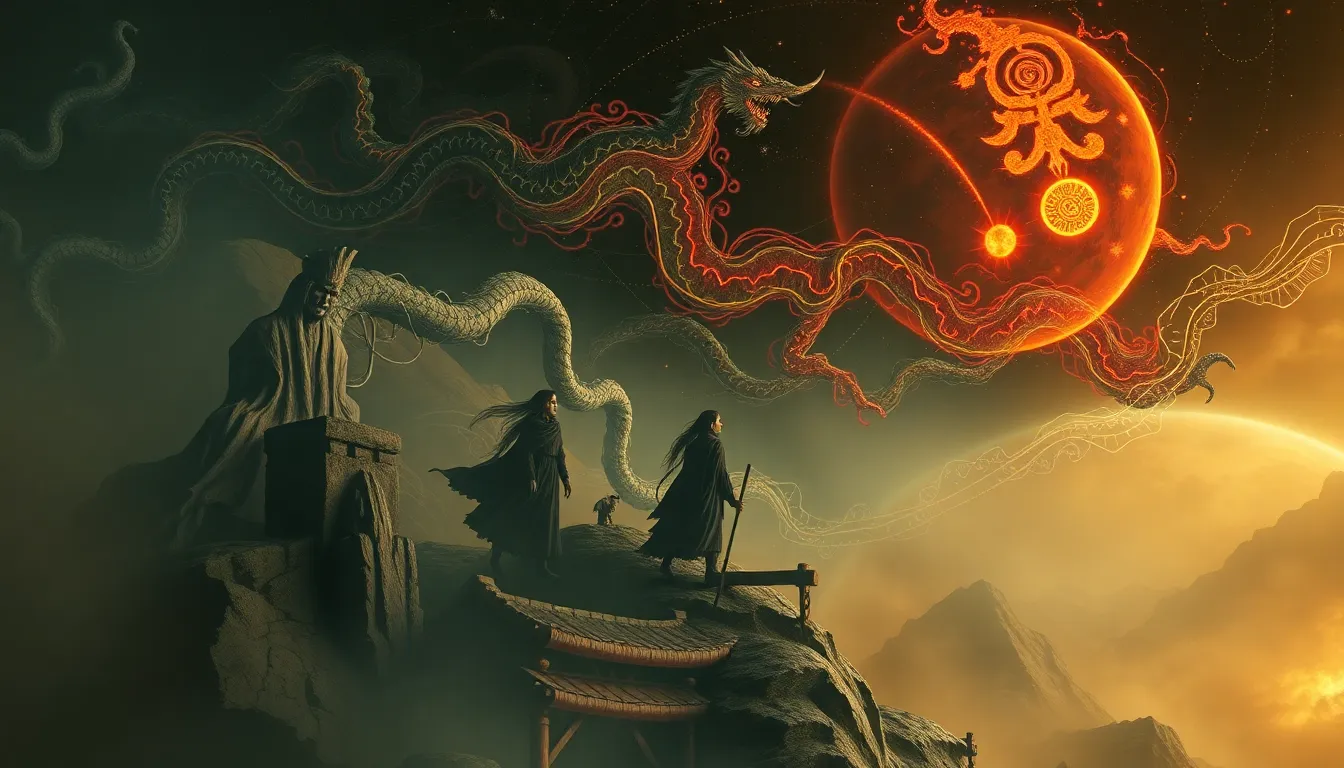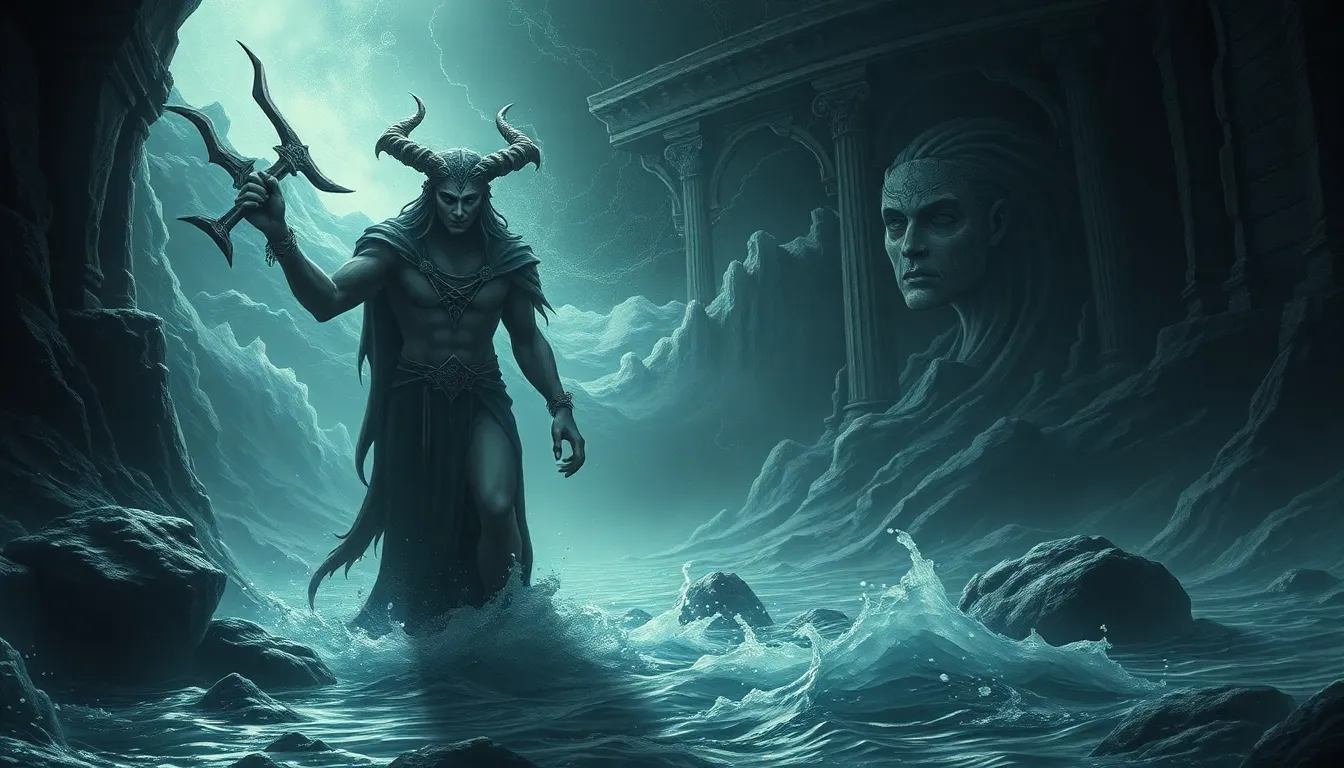Underworld Legends: The Myths That Shape Our Understanding of Death
Introduction to Underworld Myths
Underworld legends, steeped in the rich tapestry of human history, play a crucial role in how various cultures understand death and the afterlife. These myths often serve as narratives that provide meaning to the inevitable end of life, shaping both individual and collective perceptions of mortality.
Across civilizations, the underworld is depicted as a realm where souls traverse after death, governed by deities or spirits that ensure justice and order. By examining these legends, we uncover the ways in which they reflect cultural values and beliefs about what lies beyond the grave.
The Role of the Underworld in Ancient Civilizations
Ancient civilizations like Egypt, Greece, and Mesopotamia each had their unique interpretations of the underworld, reflecting their distinct cultural contexts.
- Ancient Egypt: The underworld, known as Duat, was a complex realm where the soul faced trials, including the weighing of the heart against the feather of Ma’at, which determined one’s fate.
- Ancient Greece: The Greeks believed in Hades as both a god and a place, where souls would be judged and sent to various regions such as Elysium or Tartarus based on their earthly deeds.
- Mesopotamia: In this culture, the underworld was seen as a dreary place called Kur, where all souls went, regardless of their moral standing, emphasizing a more egalitarian view of death.
This comparative analysis highlights the differences in how these cultures perceived the afterlife and the moral implications tied to their beliefs.
Key Figures of the Underworld
Central to underworld myths are the deities that preside over these realms. Below are some key figures associated with the underworld:
- Hades: In Greek mythology, Hades is the god of the underworld, often depicted as a stern figure who oversees the dead.
- Osiris: In Egyptian mythology, Osiris is the god of the afterlife, resurrection, and agricultural fertility, representing the cyclical nature of life and death.
- Yama: In Hindu and Buddhist traditions, Yama is the god of death who guides souls to their next existence and judges their past actions.
These figures not only guide souls but also embody the principles of justice, morality, and the consequences of human actions.
Mythical Journeys: The Path to the Afterlife
The journeys that souls undertake to reach the afterlife are rich in symbolism and meaning. Two prominent examples include:
- The River Styx: In Greek mythology, souls must cross the River Styx to enter the underworld, often requiring payment to Charon, the ferryman.
- The Egyptian Judgment Scene: Souls are judged before Osiris, where their heart is weighed against the feather of Ma’at, determining their fate in the afterlife.
These journeys symbolize the transition from life to death, emphasizing the importance of moral conduct and the inevitability of judgment.
Cultural Variations: Underworlds Around the World
Underworld beliefs vary significantly across cultures, reflecting diverse attitudes toward death:
- Norse Mythology: The Norse believed in Hel, a cold, gloomy realm where those who did not die heroically would reside.
- Native American Beliefs: Various tribes have unique views, often seeing death as a transition rather than an end, with ancestors playing a guiding role.
- Asian Traditions: In many Asian cultures, the concept of reincarnation is prevalent, viewing death as a step in a cycle of rebirth.
These cultural variations highlight how different societies cope with the concept of death and the afterlife, shaping their rituals and beliefs.
Death Rituals and the Influence of Underworld Legends
Myths surrounding the underworld significantly influence death rituals and funerary practices, ensuring that the deceased are properly honored and guided in their journey:
- Egyptian Mummification: To prepare the deceased for the afterlife, Egyptians practiced mummification, believing it preserved the body for the soul’s return.
- Greek Funeral Rites: The Greeks held elaborate funerals, including offerings to the dead and rituals to ensure safe passage across the Styx.
- Norse Ship Burials: In Norse culture, warriors were often buried with their ships, reflecting a belief in a journey to the afterlife.
These examples illustrate the profound connection between underworld legends and the rituals surrounding death, emphasizing the importance of honoring the deceased.
The Underworld in Literature and Art
Underworld myths have been a rich source of inspiration in literature and art. Notable representations include:
- Dante’s Inferno: A vivid portrayal of the afterlife, where souls are punished based on their sins, reflecting medieval beliefs about morality.
- The Epic of Gilgamesh: This ancient text explores themes of mortality and the quest for immortality, with insights into Mesopotamian views of the afterlife.
Visual art throughout history has also depicted underworld themes, from ancient pottery to modern paintings, capturing humanity’s fascination with death and the afterlife.
Modern Interpretations of Underworld Legends
Contemporary culture continues to reinterpret ancient myths, evident in movies, literature, and video games. For instance:
- Films like “Hercules” and “The Lord of the Rings” draw on ancient mythological themes, presenting underworld concepts in accessible ways.
- Video games such as “God of War” integrate underworld legends, allowing players to engage with these narratives interactively.
These reinterpretations highlight the enduring relevance of underworld myths in modern society, as they resonate with ongoing questions about mortality and existence.
Psychological and Philosophical Perspectives on Death
Underworld legends profoundly influence existential thoughts and attitudes toward death. They offer frameworks for understanding mortality, impacting both individual and societal coping mechanisms:
- Myths provide narratives that help individuals confront the reality of death, allowing for a sense of closure.
- Philosophically, these legends provoke discussions on morality, justice, and the meaning of life and death.
By exploring these perspectives, we gain insights into how humanity processes the inevitable reality of death.
Conclusion: The Enduring Legacy of Underworld Legends
In summary, underworld legends are a vital part of human culture, shaping our understanding of death and the afterlife. They reflect diverse beliefs and values, influencing rituals, literature, and modern interpretations.
As we continue to grapple with the concept of mortality, these myths remain relevant, providing comfort and insight into the mysteries of life and what may lie beyond.



